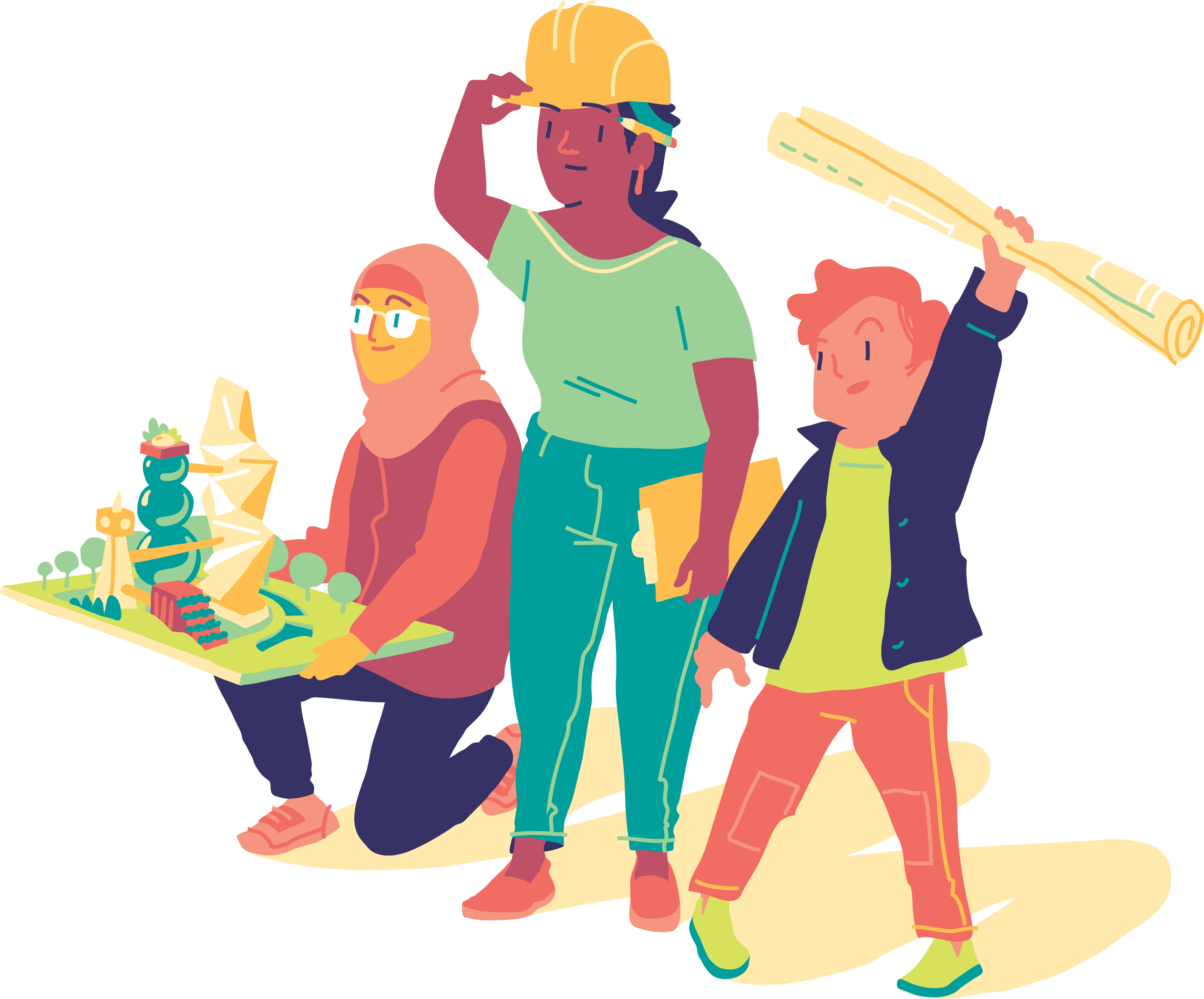What We Heard in Phase 3
Phase 3 of the Vancouver Plan engagement process ran from October 25 to November 28, 2021. We had more than 6,500 points of contact with community members, local groups and organizations, and other stakeholders. Through a variety of engagement activities, we explored choices and priorities for how our neighbourhoods could grow to 2050 and beyond.
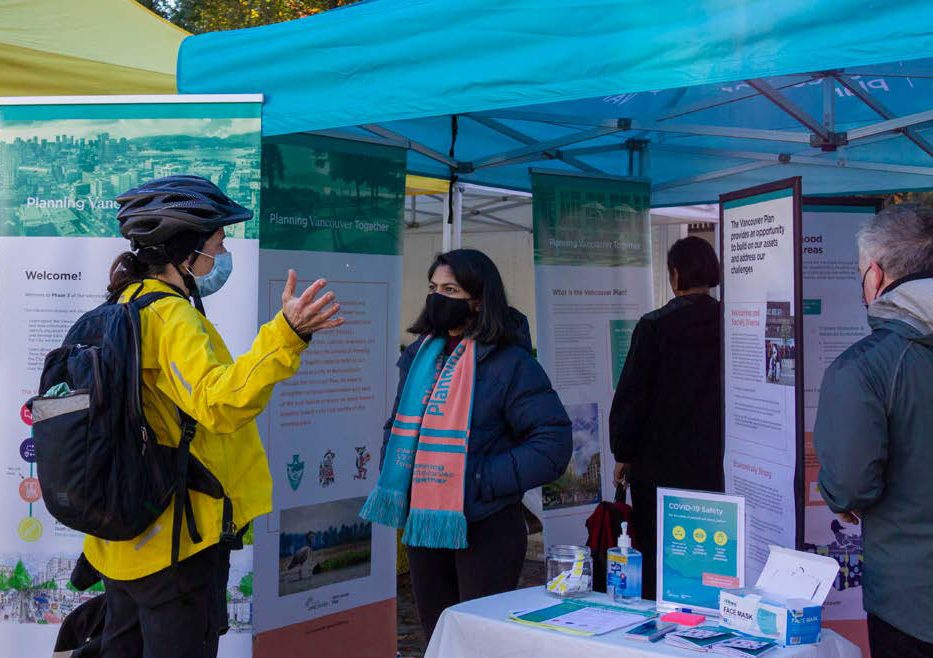
Phase 3 Engagement Findings
In this phase, Policy and Land Use Ideas, we invited community members to explore choices and priorities for how Vancouver could grow into the future. We presented a series of questions related to three Core Values, three Big Ideas, and three Areas of Change identified through the earlier phases of work.
Engagement findings revealed support for all emerging directions, and high levels of agreement with most of the topics tested as part of the process.
Read the full report below or scroll down for a summary of key findings.

Our approach
To ensure the Vancouver Plan (and our future city) is shaped by the voices and diversity of our population, we have been gathering input from everyone who lives, works, or plays in Vancouver, with attention to historically underrepresented groups.
Engagement activities covered a wide variety of approaches including surveys, workshops and open houses and events.
In addition to community-wide engagement, a core focus of Phase 3 activities included working with equity-denied communities and the organizations serving them. This included the design and delivery of some customized activities, as well as ensuring additional supports were available to lower barriers to participation at all events.
Three key themes that emerged across different engagement activities including reconciliation and equity, community engagement, and the implementation of the plan.
The process built on the goals, ideas, and analysis that emerged from two prior phases of engagement.
At a Glance
Post Cards Mailed
Survey Responses in 8 Languages
Council Workshops
Neighbourhood Workshops
Neighbourhood Pop-Up Events
Stakeholder Meetings
Youth-Focused Events
Drop-In Open House Participants
Children and Youth Engagements
Key Priorities
Public input from phase 3 revealed broad-based support for the three Big Ideas that emerged through the previous two years of community input, staff technical analysis work and City Council direction. The highest priorities identified by the public were:
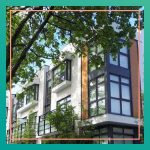 |
 |
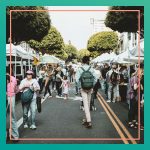 |
| Adding more housing choice in neighbourhoods across the city | Protecting ecosystems and biodiversity | Creating ‘people-oriented’ streets that prioritize walking, rolling, and cycling |
Big ideas
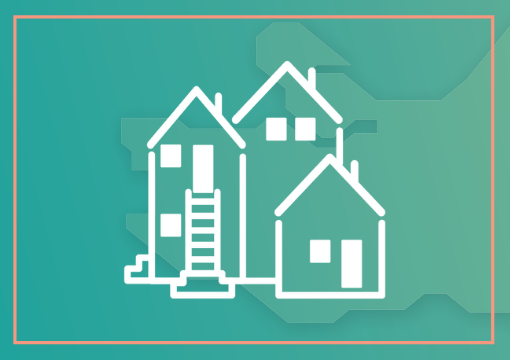
Big Idea Number One: Equitable Housing and Complete Neighbourhoods
We want to ensure more affordable housing options in every neighbourhood and develop walkable neighbourhoods with easy access to daily needs such as food, services and transit.
The creation of more housing options in Vancouver neighbourhoods received strong support, including areas around neighbourhood assets and on local streets. These housing options include townhomes and low-rise apartment buildings up to six storeys, also known as ‘Missing Middle’ housing.
There was significant interest in ensuring the creation of complete neighbourhoods with the addition of grocery retail, places to eat, sustainable connections and public open spaces.
- • 78% of people surveyed either strongly or somewhat agreed that Vancouver should have a range of housing options in all neighbourhoods, particularly in those with low density now.
- • More than 80% supported low-rise apartments up to six stories, multiplexes and townhouses in areas that are mostly single detached homes; 48% said mid-rise up to 12 stories are acceptable.
- • 77% supported rental housing options on smaller, local roads within neighbourhoods.
- • 68% agreed all neighbourhoods should have housing options through increased heights and density for those who make less than $80,000 a year.
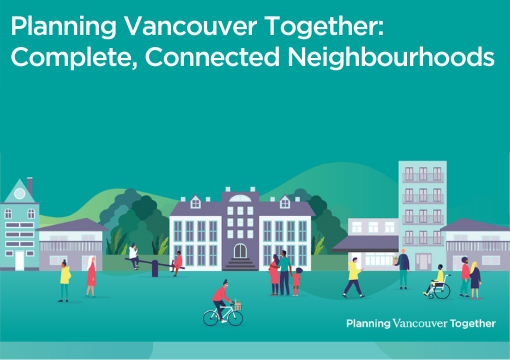
What's a complete neighbourhood?
A Complete Neighbourhood has all of your essential needs within close proximity to one another, and supports the needs of all residents in a community, regardless of income, culture, background or abilities. Think: diverse housing options, a mix of shops and services, alongside childcare facilities, libraries, galleries and recreation centres – linked by lively pathways, parks and plazas.
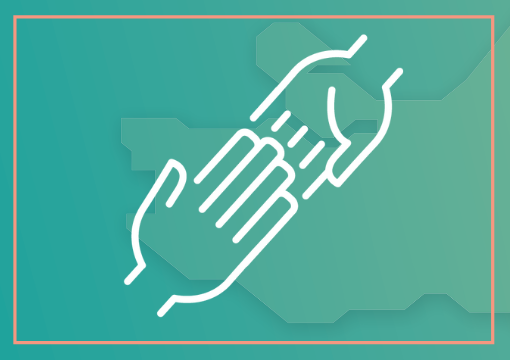
Big Idea Number Two: An Economy that Works for All
We want our city and neighbourhoods to have the jobs, amenities and services that support our wellbeing, meet our basic needs, make our communities culturally vibrant and create a thriving, sustainable economy.
Increasing job space in neighbourhoods across the city received high levels of support, along with the corresponding addition of retail and other services to these areas.
Most respondents supported the protection of industrial lands, to protect jobs and ensure a diverse economy.
82% of survey respondents agreed that Vancouver should have more places for people to work throughout the city, including within or near residential areas (e.g. home based businesses, offices, and retail).
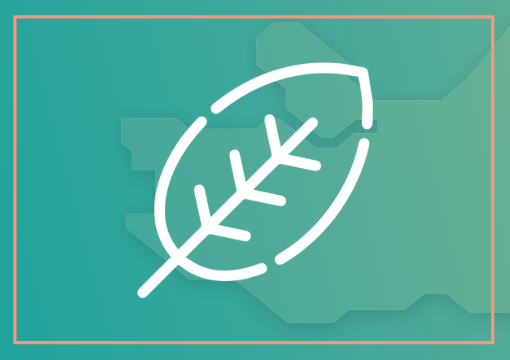
Big Idea Number Three: Climate Protection and Restored Ecosystems
We want our neighbourhoods to have a flourishing natural environment that everybody can enjoy, and to reduce our use of carbon fuels as we grow into the future.
Sustainable transportation methods, the addition of more housing options in neighbourhoods (to reduce reliance on cars), green buildings, and ensuring limits to growth in environmentally sensitive areas all received strong support.
Extremely high levels of support were registered for climate resilient infrastructure such as streets, sewer and water systems, and urban forests.
Three Areas of Change
A core component of the Phase 3 engagement related to three key opportunity areas for future growth and change:
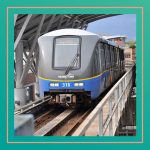 |
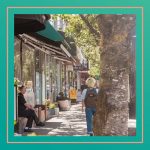 |
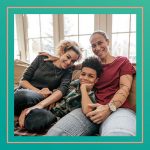 |
| Rapid Transit Areas
These are areas that are within a 10 minute walk of rapid transit. Existing and proposed transit routes offer opportunities to add much needed housing, retail shops, and jobs. |
Neighbourhood Shopping Areas
These areas are the heart and soul of our neighbourhoods, ensuring more people live within an easy walk/roll of their daily needs, while also supporting local shops and businesses. |
Low Density Residential Areas
These older, low density residential areas have fewer shops and services within close walking distance of homes. Adding more housing choice, shops and services will increase the vitality of these communities. |
A majority of respondents indicated a preference for density to be spread out with more 6-12 storey buildings distributed throughout rapid transit areas, versus concentrations of over 12 storeys closer to stations.
For shopping areas, a majority preferred density located in lower rise buildings (3-6 storeys) in the surrounding neighbourhood as opposed to higher (6-12 storey) buildings located immediately in and around the shopping area.
A majority of respondents agreed that there is a need for more housing options in Vancouver’s lower density residential areas, and identified low-rise (3-6 storey buildings), multiplexes and townhouses (1-3 storeys) as being the most popular choices.
Learn More
We also contracted Ipsos to conduct a randomized survey with a representative sample of Vancouver residents. The results from this survey are consistent with the ideas and opinions expressed for the priorities identified above.
On November 23, 2021, City Council was joined by a panel of national and international experts for a discussion on perspectives of city-building. This session featured presentations by prominent North American planners, designers, placemakers and policy experts. The discussion was moderated by Alex Bozikovic, architecture and planning critic for the Globe and Mail and touched on key themes emerging from Vancouver Plan public engagement including equity, resilience, neighbourhood design, housing choice, and economy and climate protection.
As part of Phase 3, we developed a specialized program of engagement for children and youth and related stakeholder groups. Activities built on the relationships, activities, and resources developed with these “young planners” in Phases 1 and 2. Through this multi-faceted program City staff recorded 782 engagement interactions in Phase 3.
